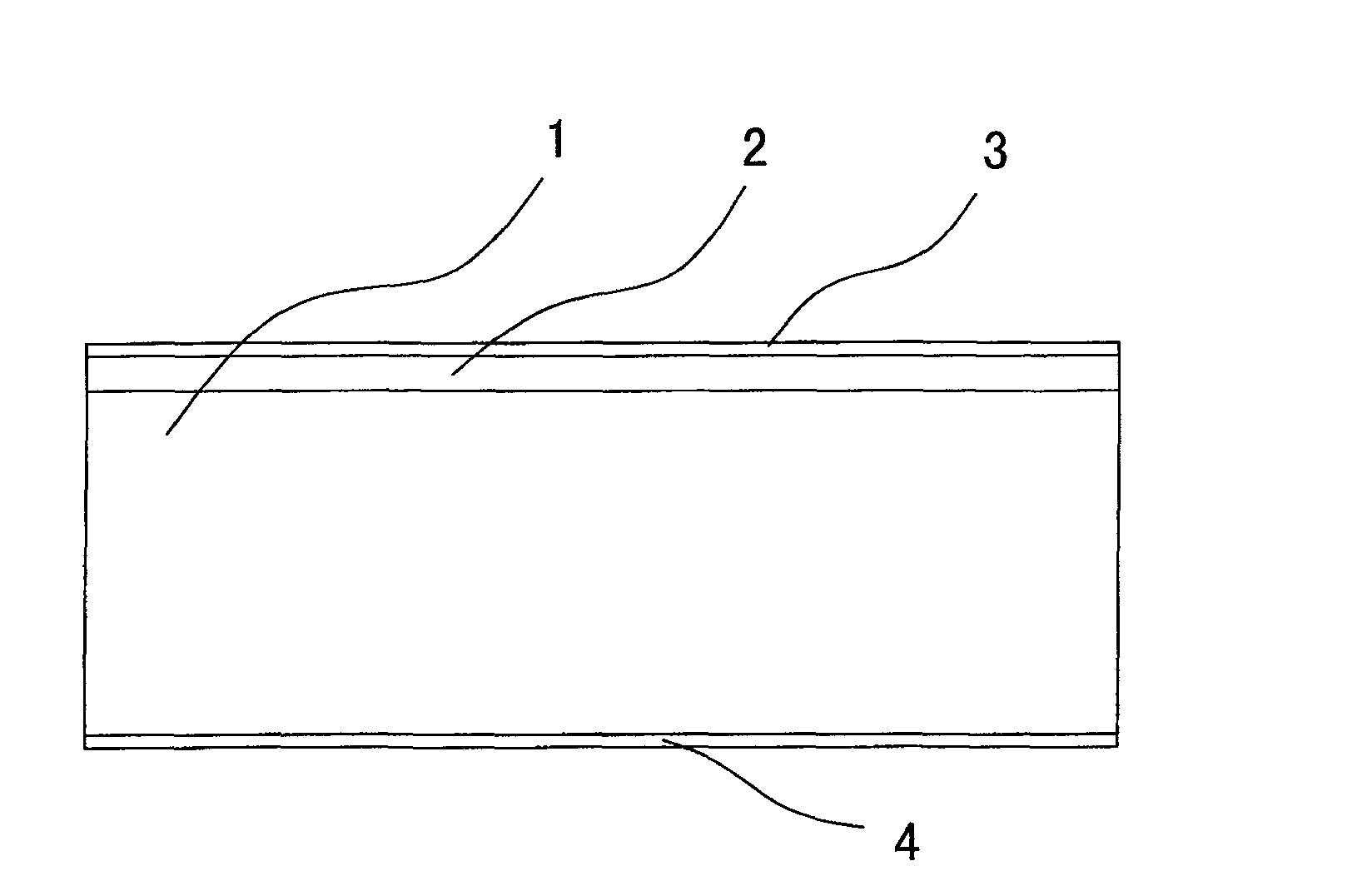Method for manufacturing schottky room temperature nucleus radiation detector
A nuclear radiation detector, Schottky-type technology, applied in the direction of semiconductor devices, electrical components, circuits, etc., can solve the problems of low thermal conductivity of CZT crystal materials, complex preparation process, increase the cost of detector production, etc., to achieve good mechanical Effects of performance and chemical stability, mature material growth process, good room temperature sensitivity
- Summary
- Abstract
- Description
- Claims
- Application Information
AI Technical Summary
Problems solved by technology
Method used
Image
Examples
Embodiment 1
[0027] Embodiment one: see attached figure 1 As shown, a Schottky-type room temperature nuclear radiation detector includes a Schottky structure, a Schottky electrode and an ohmic electrode formed by a GaN substrate, and the GaN substrate is composed of a GaN single crystal thick film substrate 1 and an n-type The doped layer 2 is composed of a thickness of 100um-200um and 2um respectively, the ohmic contact electrode 3 is arranged on the surface of the n-type doped layer 2, and the Schottky junction electrode 4 is arranged on the surface of the other side of the substrate.
[0028] Wherein, the resistivity of the GaN substrate is 10 6 ~10 9 Ω cm, dislocation density less than 10 6 cm -2 .
[0029] The electrodes are contact electrodes made by depositing 10nm / 30nm Ti / Au and 20nm Pd or Au respectively on the two surfaces of the GaN substrate.
[0030] The preparation method of the above-mentioned Schottky type room temperature nuclear radiation detector comprises the follo...
PUM
 Login to View More
Login to View More Abstract
Description
Claims
Application Information
 Login to View More
Login to View More - R&D
- Intellectual Property
- Life Sciences
- Materials
- Tech Scout
- Unparalleled Data Quality
- Higher Quality Content
- 60% Fewer Hallucinations
Browse by: Latest US Patents, China's latest patents, Technical Efficacy Thesaurus, Application Domain, Technology Topic, Popular Technical Reports.
© 2025 PatSnap. All rights reserved.Legal|Privacy policy|Modern Slavery Act Transparency Statement|Sitemap|About US| Contact US: help@patsnap.com

